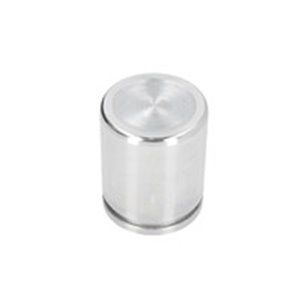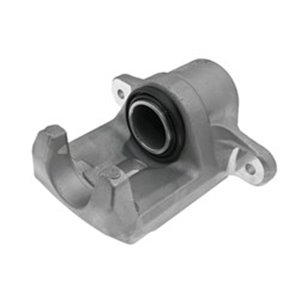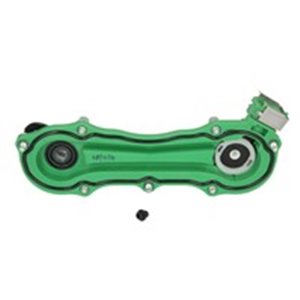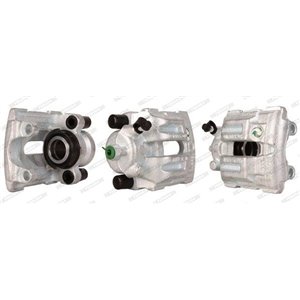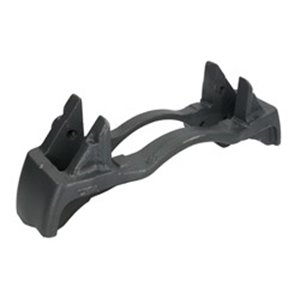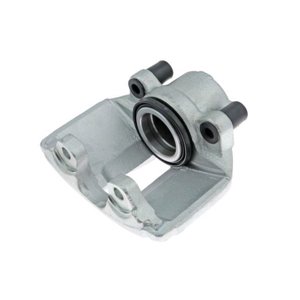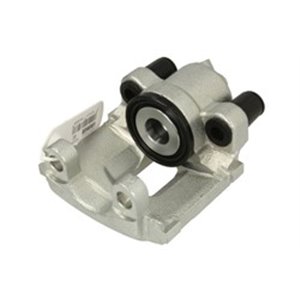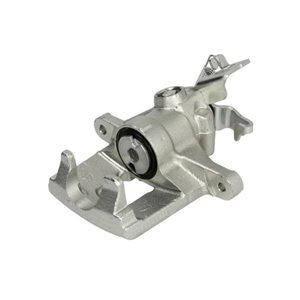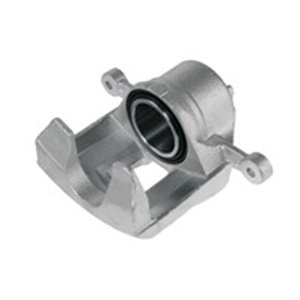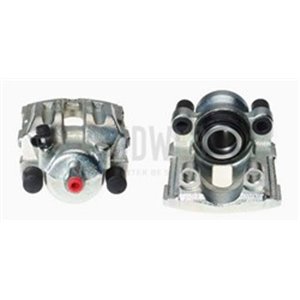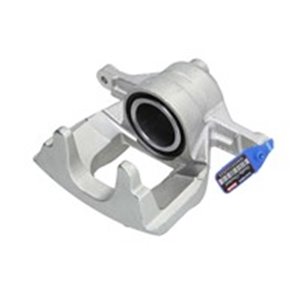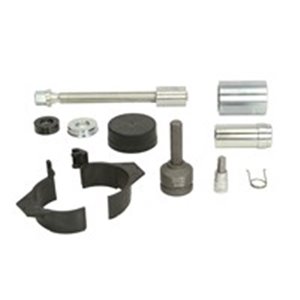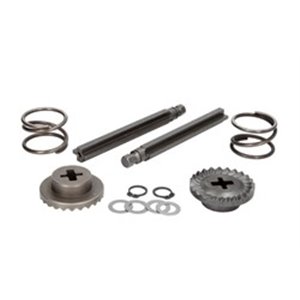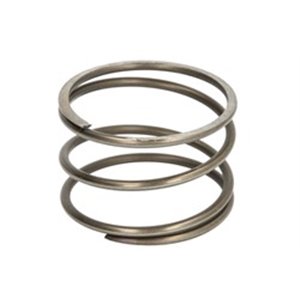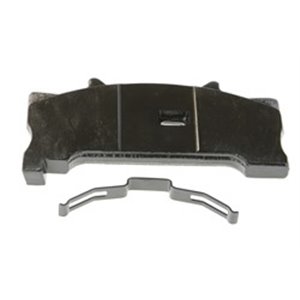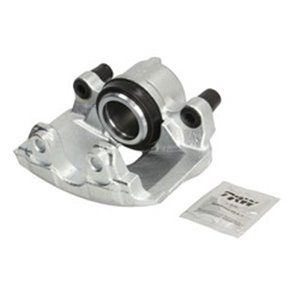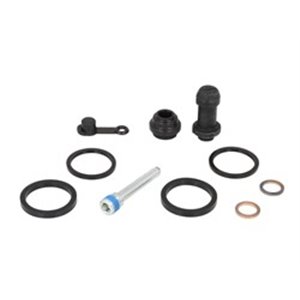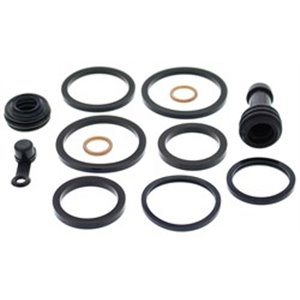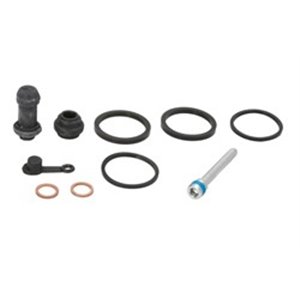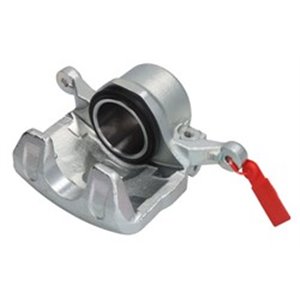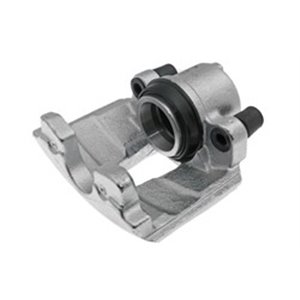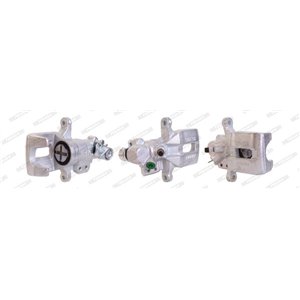-
-
There are 6129 products.
The brake caliper is an integral part of the vehicle and is part of the braking system, a device that presses the brake pads against the disc when the brake pedal is pressed. Brake pads can be used to slow down a car by reducing its speed. Car owners should be aware of which devices are used and when it is advisable to replace them.
What a unit consists of
Although the brake assembly of the machine is an essential function, it is not a complex component, but consists mainly of a piston (one or more) connected to the hydraulic system of the braking system, which is responsible for attaching each brake pad (the number and position of the brake pads varies, as does the way in which the hub and calipers are connected). This component is basically composed of the following parts:
- The frame;
- Cylinders with pistons (1 or more);
- (1 or more) Cylinders with cylinders (1 or more)
- pins;
- Piston holder, sealing rings;
- brake pads;
- brake pipework and fittings;
- spring elements;
- "floating" in brackets.
The principle of operation is quite simple: a person presses the brake pedal, which is responsible for braking, the unfrozen fluid is pressurised through the brake system into the brake pipe and into the brake caliper. When the pistons are connected to the brake calipers, the liquid fluid exerts pressure on the brake pads - they move closer to the brake disc and the vehicle slows down.
Type of calibres
As mentioned above, sometimes more than one cushion-acting piston is built. The type of assembly also depends on how the piston is positioned. The assembly consists of the following types:
1. Fixed - pistons are located on both sides of the plate. It consists of a metal body with parallel cylindrical and piston parts. The cylinders have two pads, one on each side of the cylinder and one on each side of the disc. The brake caliper housing is attached to the suspension components. The system is held in place by a special spring when the vehicle is stationary.
2. 'Floating' caliper - a situation where the piston system of the assembly is mounted on one side of the brake disc. This results in a piston effect that is applied only to the pad on the inside (the latter is in contact with the disc, while the support moving along the guides squeezes the other pad from the outside). This is a viable alternative for cheaper cars, but it is not as effective.
The front and rear brake pads are separated as they work in the same way. However, the rear type has a higher capacity and a more complex design, as it has an additional actuator. This means that the two types of calipers are not interchangeable - they simply do not fit together. They are best replaced by a specialist, but spare parts can be purchased from a separate section of our website.
When parts need to be replaced
Over time, all parts of the machine need to be replaced, which is normal. It is important to be aware of situations where dismantling is really necessary. Some examples:
1. vibration and squealing - when the car brakes. When the brakes shake or rattle - when the vehicle comes to a stop - occurs in a variety of situations, such as when sand particles have become embedded in parts of the brake system or when brake pads are damaged. However, if the brake pads have been replaced recently but the car has not been driven, this is a brake failure.
2. brake fluid leaks. There are spots on the surface either near the wheels or on the rim. Indicates a problem on the caliper side.
Brake system failure (when it "locks up"). Occurs when brake components press the brake pads against the chain but do not return to their original position. Possible cause is a stuck piston or guides.
4. the brake pedal is softened. It is advisable to check that the brake system is working properly.
5. the brake is overheated. A temperature rise occurs in the calipers as well as in the brake pads, disc and the fluid itself. 5. Check whether the brake is overheated.
6. Pads wear unevenly. Indicates a problem with the brake structure and the piston and brake cable.
What causes malfunctions
Failure of the braking system, i.e. the caliper, is usually caused by a loss of dynamic response of the piston element or caliper control. Factors that cause failures:
- The coolant has long since been changed;
- The oil seals are worn and no longer of good quality;
- Structural corrosion;
- The pistons remain stuck;
- damaged hoses or connections.
If you notice this problem, you should not delay changing the brake fluid. To place an order, you can visit the section of our website where you will find all the information you need about the different parts.



